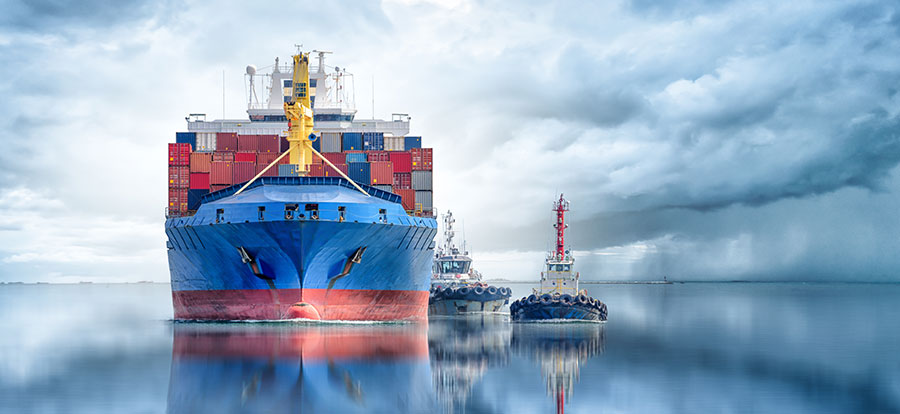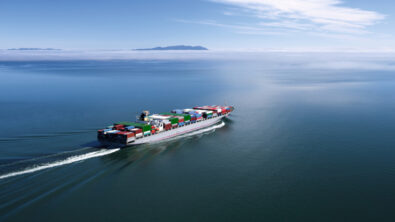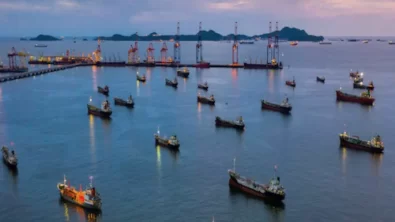3 simulation technologies the marine industry needs to adopt to optimize ship design

As the global economic slowdown and the continued push toward more sustainable operations, the marine industry is under pressure to reinvent itself and find more efficient and effective ways to operate. Naturally, optimization in the design phase of shipbuilding is a good place to start, considering it impacts the entire shipbuilding process and ship operations once the vessel hits the water.
To meet today’s challenges and truly optimize the next generation of marine vessels, there must be fast and widespread adoption of simulation technologies in the industry. Here, we explore three types of simulation technology for design optimization.
Computational fluid dynamics (CFD)
CFD refers to the numerical method of predicting the behavior of fluids and their interactions with the surrounding environment. It uses computational methods and hardware to simulate both steady and unsteady fluid motion. Marine CFD can supplement or often replace experimental and analytical methods, such as towing-tank simulations.
Major benefits of opting for marine CFD software include cost savings, greater efficiency and the ability to study complex phenomena that are difficult to account for in experiments. CFD also allows designers to explore many more design variations and scenarios, opening up opportunities for new ideas and innovation.
Finite element analysis (FEA)
FEA is the process of modeling products and systems in a virtual environment to find and solve potential (or existing) structural performance issues. The model is made up of a system of points called nodes, and the nodes form the shape of the design. The connected nodes are the finite elements that form the mesh, which contains the properties of the model that define how it will react under particular conditions. FEA can help in new product design or in refining an existing product by essentially pressure-testing the design: Will it be able to hold up and perform in real-world conditions?
Multidisciplinary design exploration (MDX)
The parts of a marine vessel don’t function in a vacuum; every piece works with the others to allow the ship to function as intended. Simulation is a critical tool in better evaluating how all these parts work together. MDX allows for hundreds of variations to be tested across multiple, sometimes competing, requirements to find the best, most efficient design.
Simulation: The key to design optimization
These simulation technologies can revolutionize the marine industry and allow for more innovative ship designs that meet requirements while working toward bigger goals, like the trend toward sustainability and cutting emissions. But the industry needs to adopt these technologies and harness their power.
Still unsure about adopting simulation technology into your marine enterprise? Check out our comprehensive e-book on multidisciplinary simulation. The 80-plus pages give dozens of case studies and articles on how these technologies can be utilized and the benefits they bring. Download it now to learn more.

